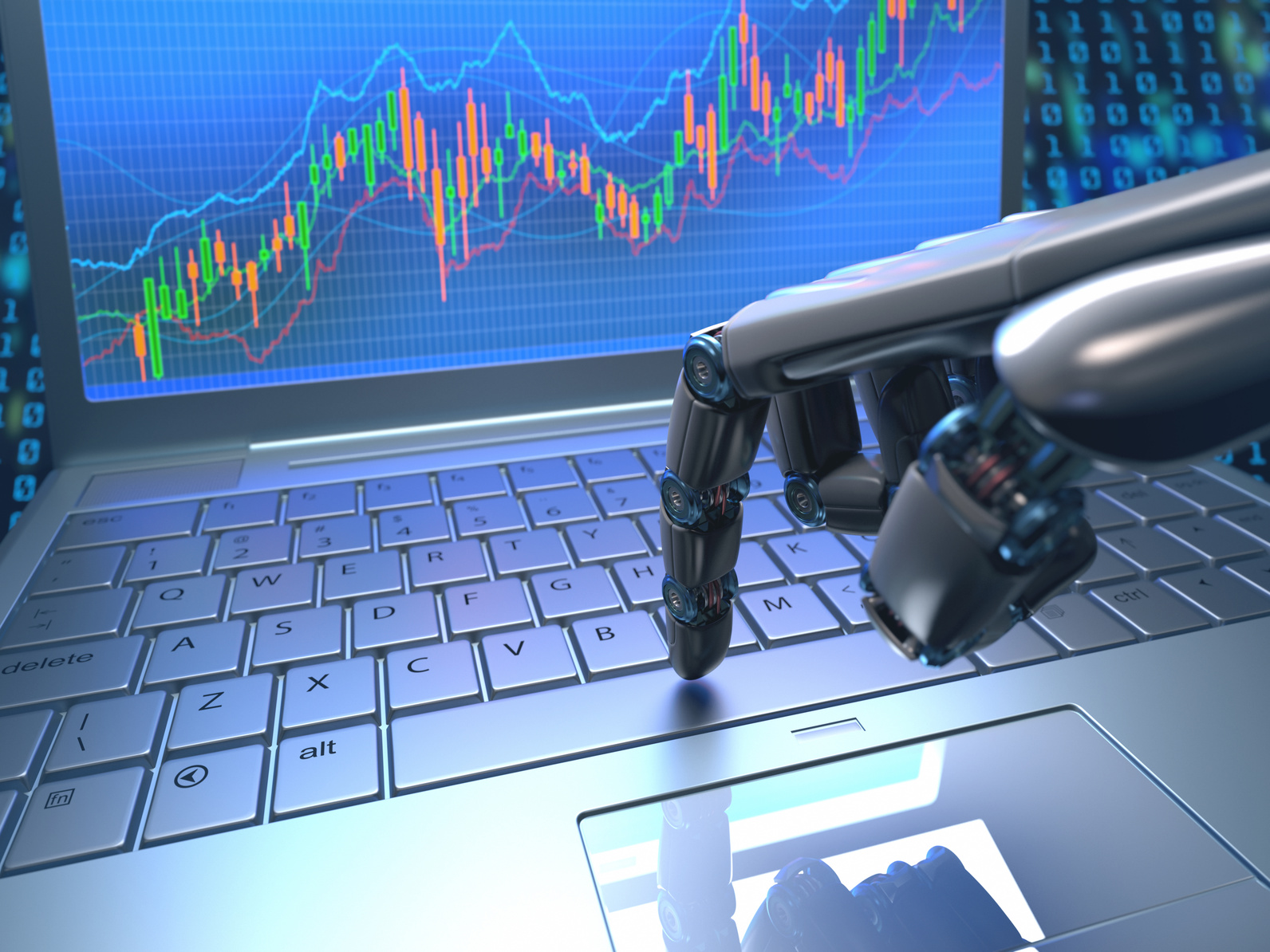Research and Markets has announced the addition of the “The Financial Dynamics of AI: Will Robots Really Take Over the World? “ report to their offering.

AI is not likely to take over the world, but will probably make major inroads in the enterprise IT space. This will happen as soon as business decision makers can be shown a compelling economic reason to adopt such technology. What is needed are use cases that lay out the expected ROIs for such investments. This paper examines the state of AI business rationalization, and looks at one company, IBM, that is attempting to provide support to business leaders presented with the decision to adopt AI solutions.
Artificial intelligence (AI) has been very prevalent in the popular press, and seems to be comprised of equal parts speculation and hyperbole. Many of the articles begin with the speculation: AI will soon equal the capabilities of humans; and then finish up with hyperbole: and therefore most people will lose their jobs by some future date. Take your pick: either the world will end in some underemployed, over automated hell in 20 years- or maybe 30 years. Make no mistake, though, it isn’t a matter of if; it is simply a matter of when.
However, much public policy and business decision- making is based on hyperbole. Enterprises are preparing to invest heavily in AI- based automation, with only vague objectives to drive the investments. When it comes to AI, conventional investment metrics seem not to matter. Stratecast believes AI technologies to be more than worth the investment; but we also believe that the hyperbole must be left at the boardroom door; and a cool, dispassionate analysis of the financial benefits of AI technology must be conducted.
Nevertheless, the popular press is awash with stories concerning the rise of the machines. As industrial automation, robotic pizza delivery, and automated fast food restaurants strike fear into workers in the service and manufacturing sectors, the basic economics are largely ignored. The economic equation for adoption of a new technology is fairly straight forward: when a machine can perform a job more cheaply than a human, businesses begin to examine the economics of adoption.For most service sector jobs, the equation very much favors the human; however, externalities can change that equation: for example, increasing minimum wage above the utility level.
Report Structure:
1.Introduction
2.Making the Case for AI
3.Assessing the Value of AI: Is it Possible?
4.IBM Watson: A Case for Positive AI Value?
5.So . . . Does this Spell the End of Human Labor?
6.Stratecast – The Last Word
For more information visit http://www.researchandmarkets.com/research/stvzkd/the_financial

